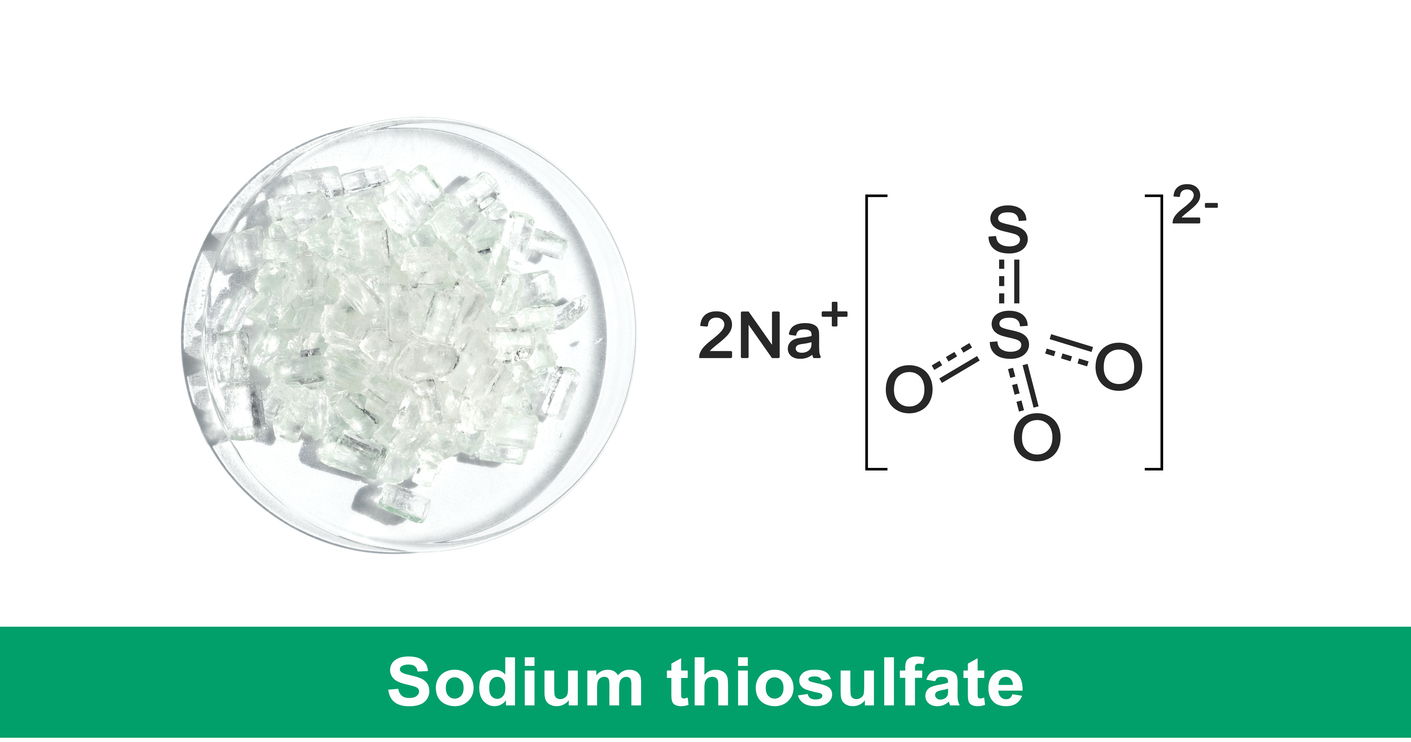Exploring the Potential of Mineral Processing Partnerships in Kenya
Exploring the Potential of Mineral Processing Partnerships in Kenya
Kenya is a country with abundant mineral resources, but to exploit these resources and maximize their potential, it is important to develop partnerships between the public and private sector. Mineral processing partnerships between the two sectors can help to unlock the potential of the mineral resources in Kenya, enabling the country to benefit from a wide range of economic, social and environmental opportunities. Partnering up with the private sector can provide the public sector with access to new technologies, advanced expertise and increased capital, as well as allowing for greater innovation and creativity in the mining and processing of minerals. This in turn can lead to increased productivity and improved mineral processing operations, with a range of benefits for the local economy and society. With the right partnerships in place, Kenya can capitalize on its mineral resources and reap the rewards.
Overview of Mineral Resources in Kenya
Kenya has a diverse range of mineral resources that could offer a number of important economic, social and environmental benefits if the country were able to efficiently extract and process them. The most abundant resources include iron ore, gold and copper, which are estimated to account for about 75% of total mineral production. Other mineral resources include limestone, soda ash, salt, mica and precious stones such as spinel and tourmaline. Iron ore is the most abundant mineral resource in Kenya, accounting for around three quarters of total mineral production. The iron ore is found in the Tana River region in the south of the country and is estimated to have a potential capacity of approximately 7 billion tonnes. There is also a large, untapped potential for gold in Kenya, where there are estimated to be around 10 million ounces of gold. Alluvial and riverine deposits account for around 80% of this potential, while the remainder can be found in underground deposits.
Benefits of Mineral Processing Partnerships
By partnering with the private sector in the mineral processing industry, the public sector is able to benefit from a wide range of economic, social and environmental opportunities. Some of these include: – Improved productivity levels – Increased operational efficiency – Increased employment opportunities – Increased social benefits – Increased investment and exploration – Improved sustainability – Increased innovation and creativity – Increased access to modern technology – Higher returns on investment – Increased sustainability of mineral resources – Reduced environmental impacts – Increased foreign direct investment – Increased tax revenues for the government – Enhanced reputation of the country – Increased international trade – Benefits for the private sector partners – Benefits for the wider economy
Challenges of Mineral Processing Partnerships
One of the main challenges of mineral processing partnerships is the difficulty in finding the right partners. It is important to select partners that have the right expertise and skills, as well as the right attitude and mentality towards collaboration. In addition, both public and private sector partners must be able to work effectively and efficiently together, while still allowing room for creativity and innovation. Another challenge is that the private sector has a range of incentives that are different from those of the public sector, which can create challenges when working together. In addition, the public sector may struggle with limited funds, while the private sector may face challenges around risk. It is also important to consider cultural differences and a lack of trust between the two sectors when developing mineral processing partnerships.
Examples of Successful Mineral Processing Partnerships
There are a number of examples of successful mineral processing partnerships between the two sectors. One example is the partnership between the Kenyan government and AkzoNobel, a global chemicals company. This partnership has enabled the government to reduce its expenditure on soda ash production by 90%, while AkzoNobel has been able to increase its global market share. Another example is the partnership between the Kenyan government and a Chinese company for the production of iron ore. This partnership is estimated to be worth $3 billion and is expected to provide a lot of benefits for the country. Another example is between the Kenyan government and the International Finance Corporation (IFC). This partnership aims to increase the export of iron fines and increase revenue. Other examples include partnerships between the government and companies such as SITC, ArcelorMittal, Tata Steel, China Steel, and Mittal Steel.
Strategies for Developing Mineral Processing Partnerships
There are a number of strategies that can be used to develop successful mineral processing partnerships between the two sectors. These include: – Creating an environment that attracts private sector investment – Selecting potential partners – Planning mineral processing partnerships – Implementing mineral processing partnerships – Monitoring and evaluating mineral processing partnerships Creating an environment that attracts private sector investment This can be done by introducing clear and stable regulations and policies relating to the mining sector and providing a level playing field between government and private sector operators. Selecting potential partners This can be done by identifying the key stakeholders in the minerals sector and assessing their ability to successfully complete a mineral processing partnership. It is also important to evaluate the potential partners in terms of their technical expertise, experience, financial capability and reputation. Planning mineral processing partnerships This can be done by designing a partnership model that is based on a win-win scenario for all parties involved. Implementing mineral processing partnerships This can be done by creating a good foundation for partnerships, forming collaborative relationships and managing expectations. Monitoring and evaluating mineral processing partnerships This can be done through regular monitoring and review of partnerships, which can identify strengths and weaknesses. It can also identify areas for improvement, as well as areas for abandonment.
Conclusion: Unlocking the Potential of Mineral Resources in Kenya
By partnering up in the mineral processing industry, the public and private sector can work together to unlock the potential of Kenya’s mineral resources and reap the rewards. This can lead to increased productivity and efficiency in mineral processing operations, as well as a range of benefits for the country, including more employment opportunities, higher returns on investment and increased foreign direct investment. The right partnerships can also help to achieve the SDGs by improving sustainability and reducing environmental impacts.








LEAVE A COMMENT
You must be logged in to post a comment.